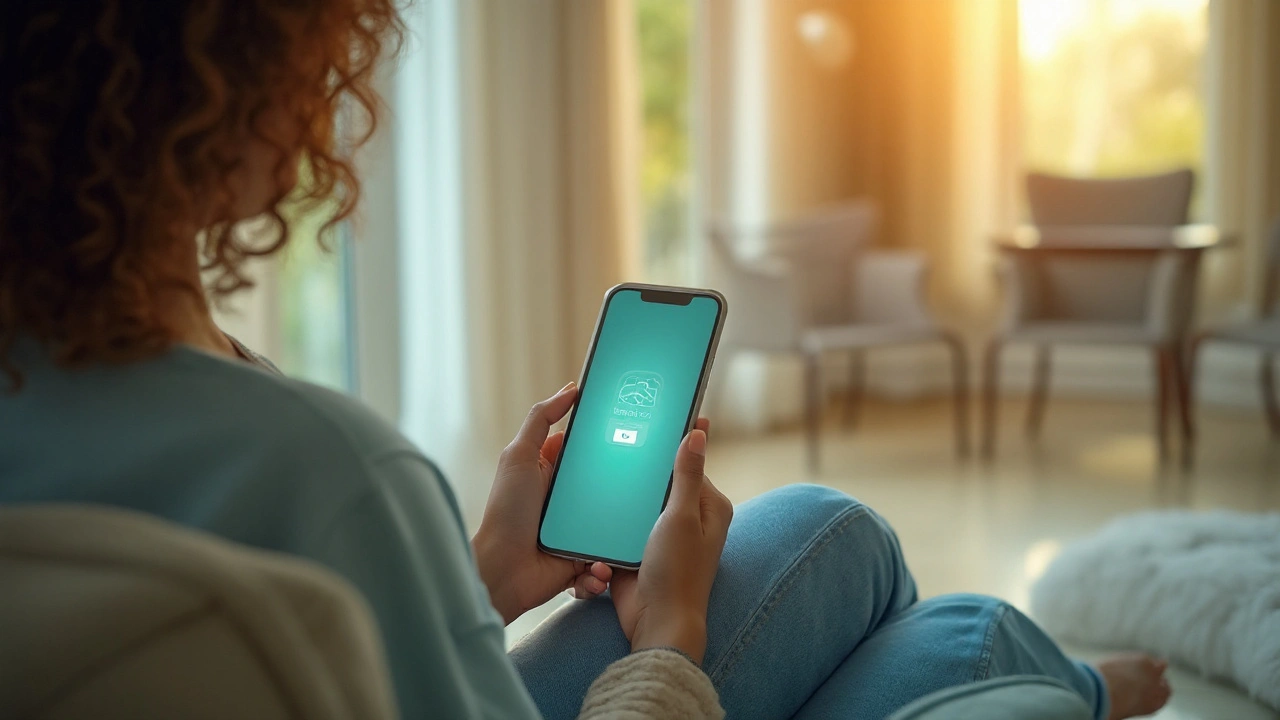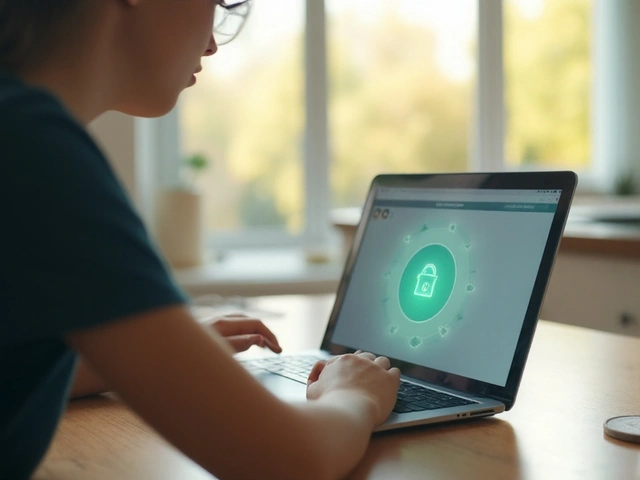Telehealth Made Simple: What You Need to Know
Ever wondered why more people are chatting with doctors from their couch? That’s telehealth – a way to get medical advice without leaving home. It’s not just a pandemic trend; it’s a convenient option that’s here to stay.
At its core, telehealth means using video calls, phone chats, or secure messaging to connect with a healthcare professional. You can discuss symptoms, get a prescription, or follow up on a treatment plan, all through a device you already own.
Getting Started: Tech, Setup, and Safety
First things first: you need a device with a camera, a stable internet connection, and a quiet spot. Most clinics will send a link that opens the video room in a web browser or a dedicated app. Test your microphone and speaker before the appointment – a quick 30‑second check can prevent awkward pauses.Privacy matters, too. Reputable telehealth platforms encrypt your data, just like a hospital’s internal system. Make sure the service you use mentions HIPAA compliance or equivalent privacy standards.
When you log in, have your ID, insurance card, and a list of current meds ready. It’s the same paperwork you’d fill out at a real office, only digital. Having this info on hand helps the provider focus on your health, not on hunting down details.
Why Choose Telehealth? Benefits You’ll Feel Right Away
Time saved is the biggest win. No parking, no waiting rooms, no paperwork for you to sign in person. A typical video visit lasts 10‑15 minutes, and you can fit it into a lunch break.
It’s also safer for people with weakened immune systems or chronic conditions. Staying at home reduces exposure to germs that travel around clinics and hospitals.
Cost can be lower, too. Some insurers cover telehealth visits at the same rate as in‑person appointments, and many providers waive co‑pays for virtual checks.
Finally, telehealth expands access. If you live in a rural area with limited specialists, a video call can connect you to a top‑rated doctor in a city miles away.
Keep in mind that telehealth isn’t right for every situation. Emergencies, severe injuries, or conditions that need a physical exam still require a face‑to‑face visit. Your provider will let you know if a lab test or in‑office follow‑up is necessary.
To make the most of your virtual visit, be clear and concise. Describe symptoms exactly as they feel, note when they started, and mention anything that makes them better or worse. If you’re unsure about a medication, ask how it fits into your overall plan.
After the call, you’ll often receive a summary via email or through the platform’s portal. Review it, save any new prescriptions, and schedule any recommended lab work.
Telehealth is reshaping how we think about medical care. As technology improves, you’ll see more tools – remote monitoring devices, AI‑powered symptom checkers, and integrated health records – all designed to make virtual visits smoother.
Ready to try it? Pick a reputable telehealth service, set up your space, and give it a go. You might be surprised how easy and effective a doctor’s advice can feel from the comfort of your own home.

Lonitab Review: How the New Digital Therapeutic Tackles Loneliness in 2025
Explore Lonitab, the 2025 digital therapeutic for loneliness. Learn its features, clinical backing, how it compares to rivals, and practical tips for using it effectively.




